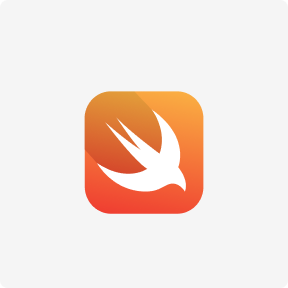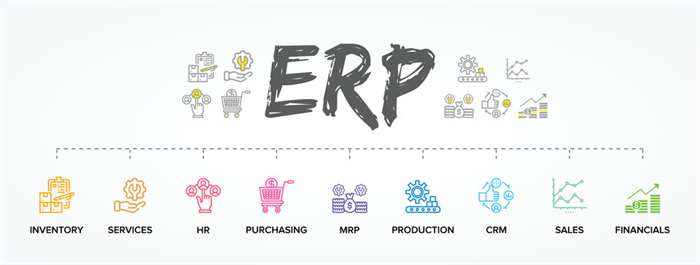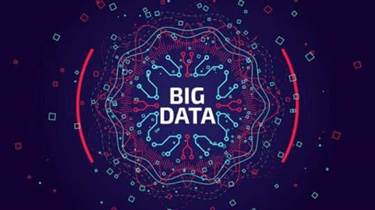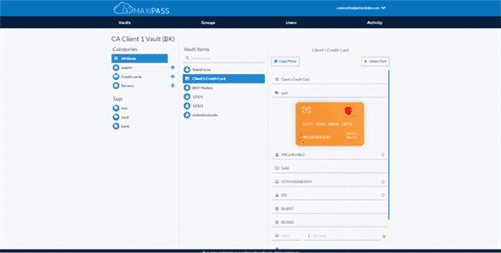How Team Collaboration Boosts Lean Software Development
Considering the increase in profits shown in the example above, you can easily jump to the conclusion that the ROI of your custom software development project will be high. Continuous improvement and people-first processes are hallmarks of each approach. Agile and lean share the same fundamental objective — to enable development teams to deliver what customers will love. There are similarities in the foundational construct and differences in the implementation. Lean management reorganizes teams that previously worked separately (with the risk of delay) to align towards more efficiency as a collective.
- Those can be internal (ex., peer review) and external (ex., gathering feedback from customers).
- Agile and lean share the same fundamental objective — to enable development teams to deliver what customers will love.
- You need to incorporate processes that make the project more efficient and feasible so that the ultimate goal of your company can be achieved.
- In Lean, we develop and deliver software solutions, incrementally to the client.
- Within the testing phase alone, AI can enable efficacy and faster delivery cycle times.
Your team analyses how it works and identifies any waste that needs eliminating. With each iteration, your team learns about the best practices that help them achieve peak performance optimally. Implementation is done in short cycles, and feedback is used to help adjust deliverables. This improvement process is iterative and helps your team to visualize and optimize their operations.
Keep Optimizing the Entire Process
One prominent example that showcases the practical application of Lean Software Development is Spotify. This music streaming giant has effectively integrated Lean principles into its development processes, making it a noteworthy case study in the industry. Developers frequently use test-driven programming to validate their code before writing it.
However, lean implementation has shown that it is a good practice to deliver fast in order to see and analyze the output as early as possible. Waste-removal should take place iteratively until even seemingly essential processes and procedures are liquidated. If you were intrigued want to learn more about web development, then why not try it for yourself? Try CareerFoundry’s free 5-day coding short course to see if the life as a web developer could be for you. In it, you’ll get to grips with building and styling your first website with the languages HTML, CSS, and adding functionality with JavaScript.
Agile values and lean principles
In software development organizations, developers may feel pressurized to meet stringent timelines and end up writing sloppy code, which may result in more defects. Similarly, if testers are overburdened with work, they will not be able to share their findings with developers on time. In the meanwhile, developers keep on writing code thereby increasing backlog for testers. An organization can easily overcome these situations by having a better understanding of their tester’s/developer’s capacity.

That being said, it is important not to overestimate the benefits and underestimate the costs of the project. Agile methodology is used by software developers to make the process smooth and bug-free. The resulting software is more adaptable as it is less costly to change features and release new updates with Agile. This enables team members to identify flaws and suggest adjustments for the following turn.
What are some examples of waste in lean software development?
Lean project management can be used to ensure all aspects of this workflow are operating efficiently. This approach gives speed to project development through collaborating team members and solving complex issues once they occur. Moreover, Scrum is good for the development process since people working under this method can work independently without being told what to do.

A complex organization with many teams building many products needs more process to ensure consistency and quality than a fledgling startup. Companies operating with dynamic market forces will tolerate variability if it means faster delivery. The main difference between agile and lean is that one is a philosophy and one is a methodology. But inspect closer and you will find more nuanced differences in what each prioritizes. Agile is focused on users, managing uncertainty, and delivering working software.
Commercial Software or SaaS
By doing it right, developers can maintain the stability and usability of the application, ensuring that the business using it doesn’t have to face any downtime. Businesses opt for custom software applications to get the right functionality and to be able to offer the best services in their respective niche. While upholding unique business values, these applications provide organizations with the most convenient ways to go about day-to-day operations. To calculate the ROI using this formula, you need to have concrete values of investments and returns of your custom software project. Agile and Lean development share common principles, often emphasizing their similarities more than their differences.
Learning is enhanced through extensive code review and cross-team meetings. Additionally, paired programming ensures that a single engineer does not collect specific knowledge when writing a particular piece of code. In 2003, the concept made its debut in the world of software development with the release of the now-famous book, “Lean Software Development.” Rather than thinking about it as going all in with one or the other, take the time to evaluate your team honestly and incorporate the elements that will complement and challenge you best. We created a series of questions, scoring mechanisms, and analysis tools that serve as a decision tree that you can use as part of your evaluation. The Agile Manifesto outlined four core values and 12 principles to guide agile teams.
Experience the new way of doing product management
AI-driven testing tools automatically create test cases, simulate user interactions, and detect potential bugs, resulting in faster testing cycles and improved software quality. These tools, powered by artificial intelligence, can automate various stages of the SDLC, such as coding, testing, and even what is lean software development generating design elements. This can speed up the development process, reduce human errors, and enhance efficiency. Agile is an iterative approach that emphasizes collaboration and adaptability, breaking projects into smaller sprints for incremental development and frequent customer feedback.

Please remember that while lean practices are concerned with the technical work the teams are doing, the tactics used are people-focused. This means that while the goal may be to optimize the components of the development process, the project managers should consider the team and ensure the changes do not make it hard for them to do their work. Custom software provides the right functionality and evolves with the changing requirements of growing businesses. However, this is not achievable without proper custom software maintenance. Not only is maintenance an important part of the software development lifecycle, but it is also a continuous process that keeps your solution in its best shape. Agile is an umbrella term for a philosophical approach to software development that prioritizes early and continuous delivery of valuable functionality that satisfies customers.
Lean Software Development: A Complete Tutorial for 2023
Here we also determine how the new code will integrate into existing systems, software, and processes. The website should allow users to browse products by category, search for specific items, and add them to their shopping cart. Nurture your inner tech pro with personalized guidance from not one, but two industry experts. They’ll provide feedback, support, and advice as you build your new career. Learn how to define, optimize, and analyze sales territories for improved performance and profitability. Such an approach contributes a lot to incremental development and a faster application of changes to software that are needed to reflect the changes in the environment, and it keeps your developers motivated.














